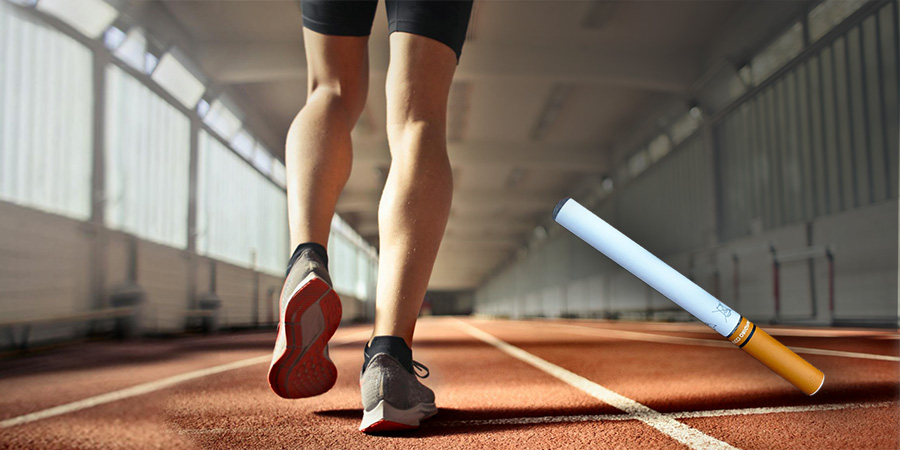

Olympic athletes embody the pinnacle of physical fitness and performance, with their sights set on gold medals and world records. While the discussion around smoking has long been part of the health conversation for athletes, the emergence of electronic cigarettes, or e-cigarettes, has introduced new considerations.
Emixologies.com is a vape retailer offering athletes an alternative that eliminates the harmful constituents found in tobacco smoke, providing a potentially less detrimental option to support their rigorous training regimens. Unlike traditional cigarettes, e-cigarettes do not burn tobacco, marking a shift in choices for those seeking a smoke-free lifestyle.
For athletes, understanding the effects of any substance on their body is crucial. That’s what we’re going to look at in this article.
Olympic athletes are always concerned about what they put into their bodies – and for a good reason.
Nicotine, which is commonly found in e-cigarettes, can have various effects. Research published in “Sports Medicine” suggests that nicotine may temporarily sharpen focus and concentration which is potentially beneficial for sports that require precision.
However, athletes should be cautious as these effects are short-term and the long-term implications of nicotine use may not be conducive to optimal athletic performance.
The World Anti-Doping Agency (WADA) does not currently list nicotine as a banned substance. Nevertheless, athletes should remain informed about WADA’s Prohibited List, as regulations can change. Understanding the rules around e-cigarette use in competition is essential to ensure compliance and to avoid any unintended infractions.
According to studies, the level of nicotine absorption from e-cigarettes can vary greatly. A study in the “European Respiratory Journal” showed that nicotine levels in the bloodstream could be similar between traditional cigarette and e-cigarette users, though the delivery is typically slower with e-cigarettes.
For athletes, this slower release might mean a more sustained effect on the body, which requires careful management.
Although e-cigarettes are different from traditional cigarettes, they still deliver substances to the lungs. For athletes, lung function is paramount.
A review in the “Journal of the American Heart Association” noted that while e-cigarettes have fewer pollutants, they can still produce ultrafine particles and chemicals that may have implications for respiratory health. Therefore, athletes should consider the potential effects on their breathing and lung function.
Recovery is a crucial aspect of training for any Olympic athlete. Some studies, like one published in “JAMA Pediatrics,” have raised questions about whether e-cigarette use might affect sleep.
Since sleep is vital for recovery, athletes should consider how any form of nicotine consumption might impact their rest and subsequent performance.
It’s also worth noting that, aside from physiological effects, athletes may use nicotine for its perceived stress-relieving properties. A report in the “British Journal of Sports Medicine” recognized that the reasons for smoking or vaping often include managing stress and anxiety.
Being aware of these psychological aspects can be critical, as managing stress is an essential part of an athlete’s training regimen.

While e-cigarettes are a contemporary issue and ongoing research is needed to fully understand their long-term impacts, Olympic athletes should remain informed about their use.
They should take into account the nicotine content, regulatory stance, potential respiratory effects, implications for recovery, and psychological influences when considering e-cigarettes. Staying up-to-date with research and studies is vital in making informed decisions that align with their goals of achieving and maintaining peak performance levels.